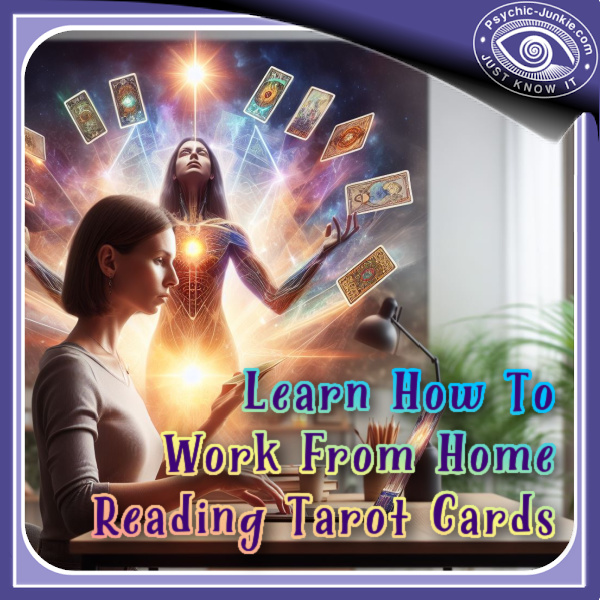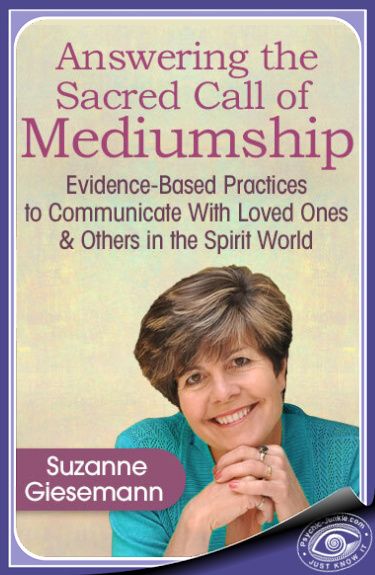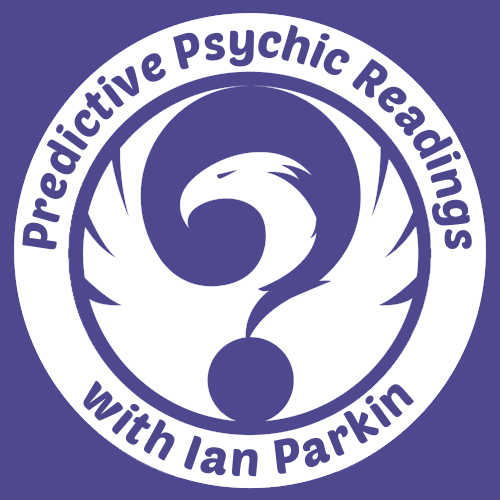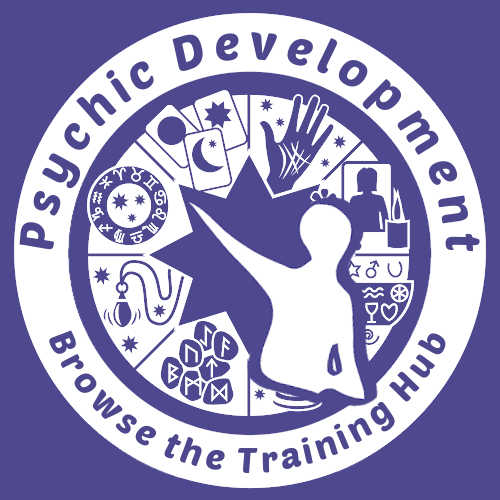- Home
- All Tarot Cards
Cards In A Tarot Deck: Each Explained With Insight And Guidance
Each of the 78 cards in a tarot deck is rich in symbolism, archetypal imagery, cultural history, and beguiling meanings that can be interpreted by you or for you. In my world the tarot is considered an oracle for gaining insight, guidance, and self-reflection.
The full tarot deck, comprised of the Major and Minor Arcana, is a powerful tool that offers a comprehensive framework for understanding life's challenges and opportunities. With its intricate and evocative imagery, the tarot allows individuals to tap into their intuition and explore the many facets of their existence. The Major Arcana cards represent significant life events and spiritual lessons, while the Minor Arcana cards illuminate the more nuanced, day-to-day aspects of our lives. By combining these elements, the tarot provides a holistic perspective on our personal journeys, enabling us to gain valuable insights and guidance. As we engage with the tarot, we become more self-aware and better equipped to navigate the complexities of our experiences. Through this introspective process, the cards in a tarot deck empower us to make informed decisions, embrace personal growth, and ultimately, transform our lives.
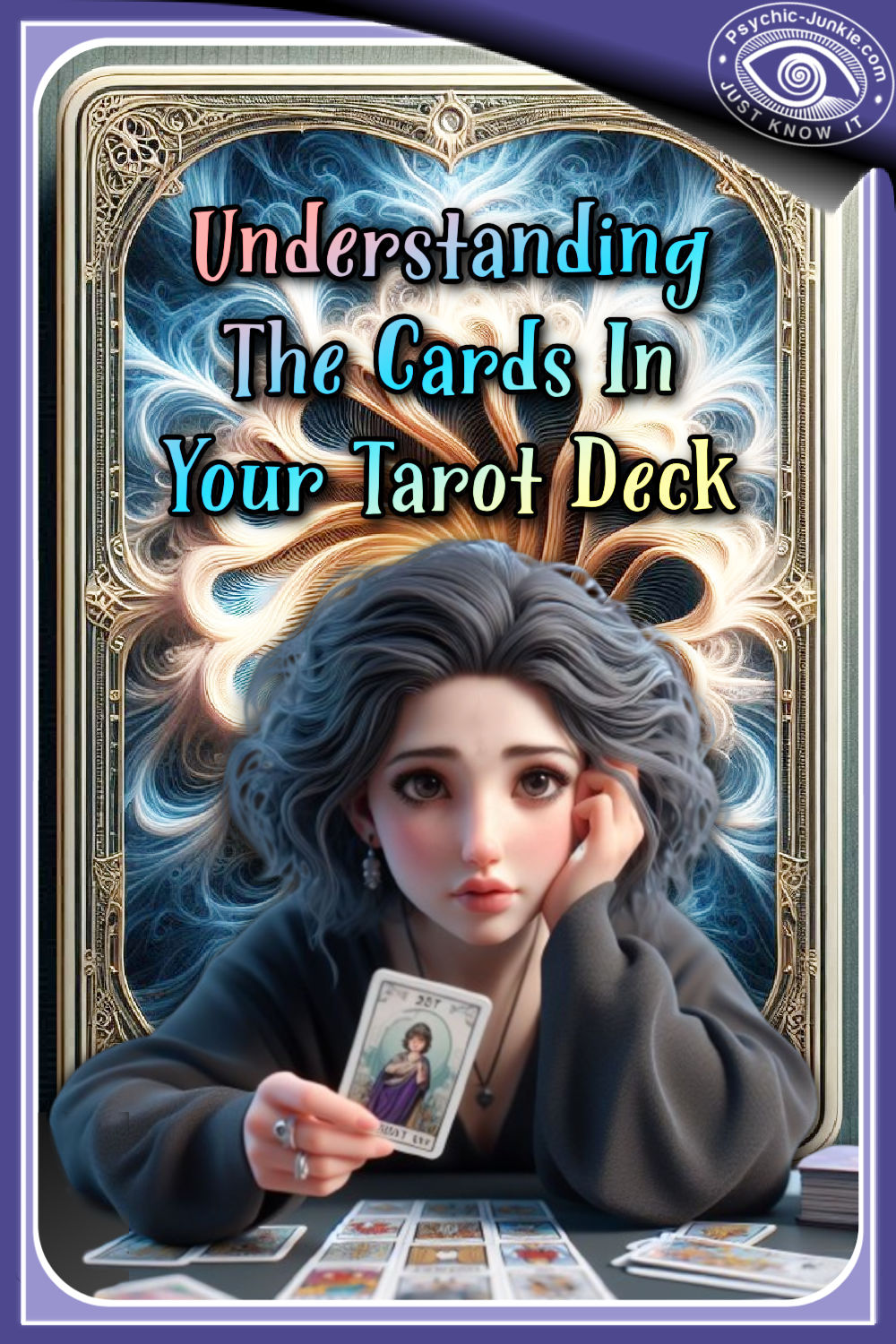
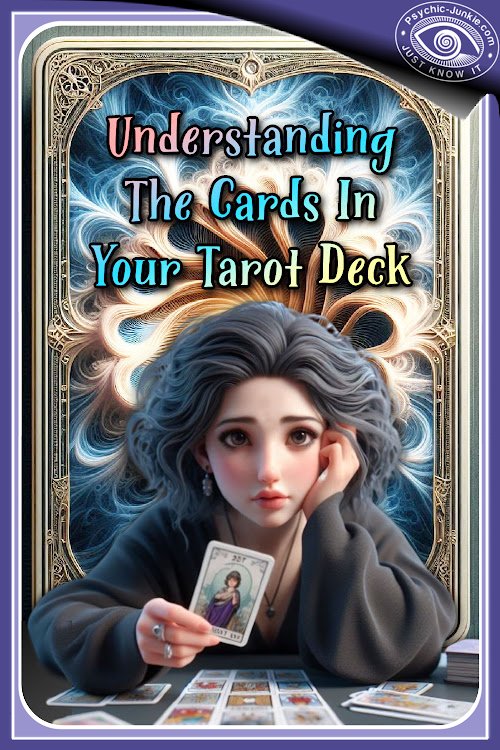
If you are as enthralled by the mysterious allure as I am – then, buckle up, because I’m about to guide you on an enchanting journey through the intricate world of the tarot.
Understanding Each Of The Cards In A Tarot Deck
The Arcana: A Tale of Two Worlds
The tarot deck is divided into two realms: the Major and Minor Arcana. These arcana hold hands like long-lost siblings, guiding seekers through life's twists and turns.
- Major Arcana: The Cosmic Highway - The Major Arcana represents the celestial forces at play, shining their light on the journey of the soul. These 22 cards, numbered 0 to 21, signify the major life lessons, spiritual insights, and karmic cycles that guide our life's path.
- Minor Arcana: The Earthly Path - The Minor Arcana, on the other hand, delves into the nitty-gritty of everyday life, with its 56 cards divided into four suits: Cups, Wands, Swords, and Pentacles. Each suit corresponds to a specific element - water, fire, air, and earth - and explores the human experiences tied to these forces.
The Suits: A Symphony of Elements
- Cups: The Dance of Emotions - The Cups, linked with water, symbolize the ebb and flow of emotions, relationships, and creative energy. The cards in this suit capture the heart's whispers and the soul's yearnings.
- Wands: The Flicker of Inspiration - The fiery Wands ignite the spark of creativity, passion, and inspiration. These cards represent personal growth, ambition, and the drive to transform our dreams into reality.
- Swords: The Duel of Intellect - Swords, associated with air, represent the realm of the mind, encompassing intellect, communication, and decision-making. The Swords cards often present challenges and conflict but also offer opportunities for growth and clarity.
- Pentacles: The Garden of Prosperity - The suit of Pentacles, rooted in the earth element, symbolizes material wealth, career, and the physical world. These cards delve into the tangible aspects of life, from financial abundance to the beauty of nature.
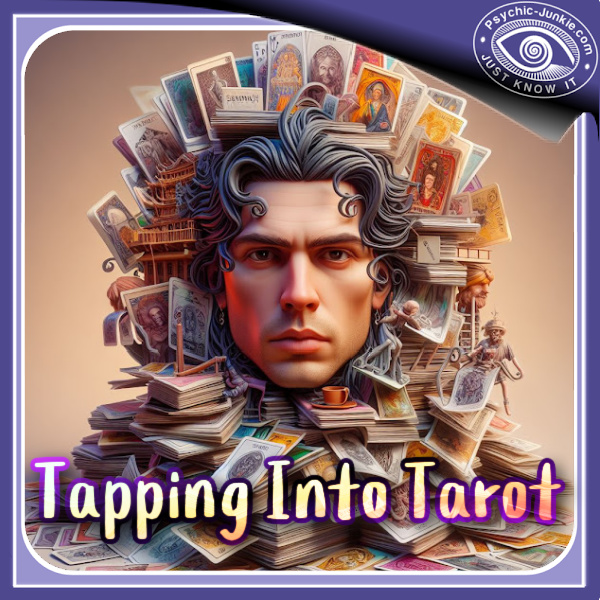
Tapping Into The Cards In A Tarot Deck
It's an uphill battle to condense the rich tapestry of the 78 cards in a tarot deck into a few words, but here's a brief overview of their meanings and symbolism:
The 22 Cards Of The Major Arcana
> The Fool (0): The essence of innocence and spontaneity, The Fool invites us to take a leap of faith into the unknown, embracing new beginnings with an open heart.
> The Magician (1): Symbolizing the power of manifestation, The Magician encourages us to harness our creativity and willpower to bring our dreams to life.
> The High Priestess (2): The High Priestess, the embodiment of intuition and mystery, beckons us to delve into our subconscious and trust our inner wisdom.
> The Empress (3): Representing nurturing, abundance, and fertility, The Empress encourages us to embrace our compassionate nature and create beauty in our lives.
> The Emperor (4): As the symbol of authority, stability, and discipline, The Emperor calls us to take charge of our lives and establish a solid foundation.
> The Hierophant (5): The Hierophant signifies tradition, spirituality, and guidance. This card urges us to seek wisdom from trusted mentors and explore our spiritual beliefs.
> The Lovers (6): Representing love, harmony, and partnership, The Lovers card encourages us to make choices that align with our hearts and foster deep connections.
> The Chariot (7): The Chariot symbolizes determination, willpower, and triumph over obstacles. This card inspires us to take control of our lives and charge forward with confidence.
> Strength (8): Strength represents courage, inner power, and patience. This card teaches us to face challenges with grace and compassion, drawing upon our inner reserves.
> The Hermit (9): As the symbol of introspection, solitude, and spiritual guidance, The Hermit invites us to embark on a journey inward, seeking wisdom and enlightenment.
> Wheel of Fortune (10): Representing cycles, destiny, and change, The Wheel of Fortune reminds us that life is constantly in motion, and we must adapt to its ever-shifting tides.
> Justice (11): The Justice card signifies fairness, truth, and balance. This card encourages us to weigh our decisions carefully and act with integrity.
> The Hanged Man (12): Symbolizing surrender, perspective, and letting go, The Hanged Man invites us to release control and see situations from a different viewpoint.
> Death (13): Often misunderstood, the Death card represents transformation, endings, and new beginnings. This card urges us to embrace change and let go of the old to make way for the new.
> Temperance (14): Representing balance, harmony, and moderation, Temperance encourages us to find equilibrium in our lives, blending opposing forces into a unified whole.
> The Devil (15): The Devil symbolizes temptation, addiction, and materialism. This card cautions us to recognize and break free from unhealthy patterns and attachments.
> The Tower (16): Representing upheaval, chaos, and sudden change, The Tower card teaches us to find inner strength amid turmoil and rebuild our lives after a crisis.
> The Star (17): The Star, a symbol of hope, inspiration, and spiritual guidance, encourages us to nurture our dreams and trust in the universe's divine plan.
> The Moon (18): Representing illusion, intuition, and the subconscious, The Moon invites us to face our fears, explore our shadow side, and trust our instincts.
> The Sun (19): The Sun, radiating warmth, vitality, and joy, illuminates our path with positivity and success. This card reminds us to embrace our inner child and celebrate life's blessings.
> Judgement (20): Symbolizing redemption, rebirth, and spiritual awakening, Judgement calls us to reflect on our past, learn from our mistakes, and rise above our limitations.
> The World (21): The culmination of the soul's journey, The World represents achievement, harmony, and wholeness. This card celebrates the completion of a cycle and the dawn of a new beginning.
The 56 Cards Of The Minor Arcana
Cups: The Dance of Emotions
- Ace of Cups: Symbolizes emotional beginnings, love, and intuition.
- Two of Cups: Represents partnership, unity, and balanced relationships.
- Three of Cups: Celebrates friendship, joy, and social gatherings.
- Four of Cups: Reflects on apathy, contemplation, and missed opportunities.
- Five of Cups: Expresses grief, disappointment, and loss.
- Six of Cups: Signifies nostalgia, childhood memories, and innocence.
- Seven of Cups: Illustrates choices, dreams, and illusions.
- Eight of Cups: Embodies letting go, moving on, and emotional growth.
- Nine of Cups: Represents emotional fulfillment, contentment, and gratitude.
- Ten of Cups: Celebrates harmony, happiness, and family unity.
- Page of Cups: Symbolizes a messenger of love, creativity, and emotional growth.
- Knight of Cups: Depicts a romantic, imaginative, and sensitive individual.
- Queen of Cups: Embodies empathy, intuition, and emotional healing.
- King of Cups: Represents emotional balance, diplomacy, and compassionate leadership.
Wands: The Flicker of Inspiration
- Ace of Wands: Symbolizes inspiration, new beginnings, and creative potential.
- Two of Wands: Represents planning, decisions, and future possibilities.
- Three of Wands: Celebrates foresight, progress, and expansion.
- Four of Wands: Reflects on stability, celebration, and joyous milestones.
- Five of Wands: Expresses conflict, competition, and tension.
- Six of Wands: Signifies victory, recognition, and triumph.
- Seven of Wands: Illustrates courage, determination, and standing one's ground.
- Eight of Wands: Embodies swift action, movement, and communication.
- Nine of Wands: Represents perseverance, resilience, and inner strength.
- Ten of Wands: Celebrates completion, responsibility, and the burden of success.
- Page of Wands: Symbolizes a messenger of passion, creativity, and new ideas.
- Knight of Wands: Depicts an adventurous, impulsive, and energetic individual.
- Queen of Wands: Embodies confidence, courage, and charismatic leadership.
- King of Wands: Represents vision, passion, and inspiring leadership.
Swords: The Duel of Intellect
- Ace of Swords: Symbolizes clarity, breakthroughs, and the power of the mind.
- Two of Swords: Represents indecision, balance, and stalemate.
- Three of Swords: Expresses heartbreak, sorrow, and emotional pain.
- Four of Swords: Reflects on rest, recuperation, and mental healing.
- Five of Swords: Illustrates conflict, betrayal, and defeat.
- Six of Swords: Signifies transition, healing, and moving forward.
- Seven of Swords: Embodies deception, cunning, and strategic planning.
- Eight of Swords: Represents restriction, imprisonment, and feeling trapped.
- Nine of Swords: Expresses worry, anxiety, and mental anguish.
- Ten of Swords: Signifies betrayal, endings, and emotional collapse.
- Page of Swords: Symbolizes a messenger of curiosity, mental agility, and new ideas.
- Knight of Swords: Depicts a determined, assertive, and fast-thinking individual.
- Queen of Swords: Embodies intellect, independence, and clear communication.
- King of Swords: Represents rationality, authority, and strategic thinking
Pentacles: The Bounty of Earth
- Ace of Pentacles: Symbolizes prosperity, new opportunities, and material success.
- Two of Pentacles: Represents balance, adaptability, and managing priorities.
- Three of Pentacles: Celebrates teamwork, collaboration, and skill development.
- Four of Pentacles: Reflects on security, control, and material possessiveness.
- Five of Pentacles: Expresses financial loss, isolation, and hardship.
- Six of Pentacles: Signifies generosity, charity, and sharing resources.
- Seven of Pentacles: Illustrates patience, long-term planning, and investment.
- Eight of Pentacles: Embodies hard work, craftsmanship, and dedication.
- Nine of Pentacles: Represents abundance, luxury, and self-sufficiency.
- Ten of Pentacles: Celebrates wealth, family, and legacy.
- Page of Pentacles: Symbolizes a messenger of ambition, practicality, and material goals.
- Knight of Pentacles: Depicts a diligent, patient, and responsible individual.
- Queen of Pentacles: Embodies nurturing, abundance, and down-to-earth wisdom.
- King of Pentacles: Represents stability, prosperity, and resourceful leadership.
For a creative fusion of tarot symbolism and poetic expression see the Tarot Card Rhymes page. By presenting rhymed verses for each of the 78 tarot cards, it serves as both a mnemonic aid and a source of inspiration, enhancing memorization and deepening intuitive connections, making an engaging resource for both beginners and seasoned practitioners.
Develop Your Intuition And Become An Online Tarot Card Reader
You can learn how to become a professional online tarot card reader in 90 days or less with Tatiana Jones' bestselling course. In this short course, Titania teaches everything you need to know to start an online tarot reading business - with zero experience required! You do not need to be psychic to read tarot cards online! It is all about being intuitive and “connecting the dots”.
Tarot Reading Entrepreneurship
- Help People Find Meaning
- Work Remotely
- Set Your Own Hours
- Replace Your Full Time Income
- Work Just A Few Hours Per Day
Reading The Cards In A Tarot Deck
Interpreting the cards in a tarot deck is like listening to a symphony. Each card plays its part, harmonizing with the others to create a melodious narrative. Here are a few pointers to help you attune your senses to the cards' whispers:
- Set the stage: Create a serene space for your reading, free from distractions and brimming with positive energy.
- Shuffle with intention: As you shuffle, focus on your question or situation, allowing your intuition to guide the cards.
- Choose your spread: Select a tarot spread that resonates with your inquiry, such as the classic Celtic Cross or a simple three-card spread.
- Listen to the cards: As you lay out the cards, pay attention to your initial feelings and impressions, allowing their symbolism to speak to your heart.
- Connect the dots: Look for patterns, relationships, and common themes among the cards, weaving their messages into a cohesive story.
Can a psychic read the cards in a tarot deck for me?
Can a psychic read the cards in a tarot deck for me?
A psychic reading can provide valuable insights and guidance when trying to decipher the messages of the cards in a tarot deck. With their heightened intuition and spiritual connection, a psychic can delve deeper into the layers of meaning and symbolism found within each card. They can help you navigate through the complexities of your personal situation and uncover the hidden truths that the cards may be revealing. By tapping into their unique gifts and understanding of the tarot, a psychic can offer a fresh perspective, empower you with clarity, and illuminate the path that lies ahead. Through this collaboration, you'll be able to harness the wisdom of the tarot and transform your life's journey into a more meaningful and fulfilling experience.
Learn To Be A Psychic Medium
An Evidence-Based Path to Communicate With Loved Ones & Others in the Spirit World.
In this FREE hour with Suzanne Giesemann, you will: Gain an understanding of “evidential” mediumship and why it’s so sacred. Discover the 3 keys to mediumship: Belief in the Spirit World, alignment, and a shift in focus from the physical to the Spirit World. Learn how you can begin communicating with your loved ones who have passed. Find mediumship can be a path for your soul’s evolution. Hear about what makes a reading “evidence-based” - and how this form of mediumship raises the bar and meets the true goal of being an authentic and indisputable voice for Spirit. Experience a practice to connect with your guides and ask them for signs. Click here to learn more about this free event > >
Test Your Psychic Ability
The Lifeleap Institute’s Psychic Project is a unique online psychic development tool using real people and events as "psychic targets."
They start by asking you to focus on the "psychic targets" and answer a series of special questions about these targets.
They then reveal to you the actual psychic targets. You get to compare your results with the actual psychic targets. You also get to see the results of other participants.
Even if you think you have no psychic ability, this tool will offer proof that you do.
It's easy to participate and the Psychic Project is free!
Click Here To Test Your Psychic Ability
Develop Your Intuition And Become An Online Tarot Card Reader
You can learn how to become a professional online tarot card reader in 90 days or less with Tatiana Jones' bestselling course.
In this short course, Titania teaches everything you need to know to start an online tarot reading business - with zero experience required!
You do not need to be psychic to read tarot cards online! It is all about being intuitive and “connecting the dots”.
Tarot Reading Entrepreneurship
- Help People Find Meaning
- Work Remotely
- Set Your Own Hours
- Replace Your Full Time Income
- Work Just A Few Hours Per Day
- Home
- All Tarot Cards
Ian Parkin is the author of this post.
